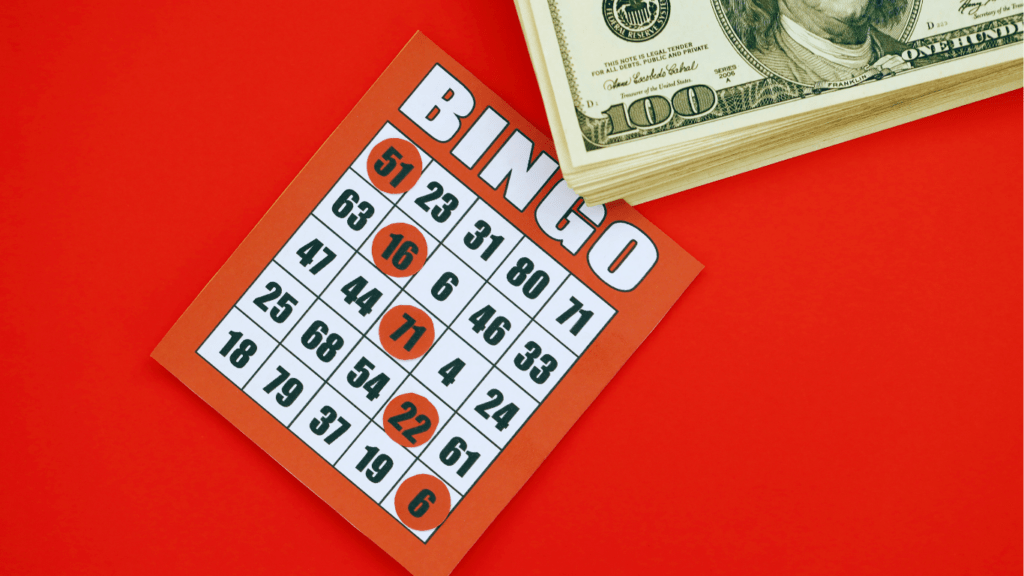Who hasn’t dreamed of hitting the jackpot and transforming their life overnight? Whether it’s the lottery, a casino slot machine, or a sweepstakes, the allure of massive winnings keeps millions captivated. But is there more to jackpots than just luck? I’ve often wondered if a winning formula exists or if it’s all just a game of chance.
Understanding the Appeal of Jackpots
- Jackpots attract people by offering the promise of life-changing rewards. The idea of instant wealth drives participation, even when the odds of winning are extraordinarily low. This appeal isn’t limited to monetary games; it extends to raffles, sweepstakes, and prize-based competitions.
- Emotions play a significant role in this allure. The excitement of potentially beating the odds and the thrill of the game itself create a dopamine surge, a chemical linked to pleasure and reward. This physiological response explains why people continue participating despite rare wins.
- Marketing strategies amplify this appeal. Bright visuals, compelling stories of past winners, and phrases like “your chance to win” make jackpots appear within reach. By highlighting the possibility, even with low probabilities, these campaigns increase engagement across diverse audience groups.
- Jackpots also thrive on social and psychological factors. Community-driven lotteries, for example, create a shared sense of anticipation. Similarly, the communal excitement amplifies through syndicates or group participation, reinforcing the emotional reward regardless of the outcome.
The Mathematics Behind Jackpots
Mathematics plays a critical role in understanding the structure of jackpots. Probability, odds, and statistical models reveal the mechanics driving these games of chance.
Probability and Odds Explained
Probability measures the likelihood of a specific outcome, expressed as a fraction or percentage. In jackpots, this often translates to fractions like 1 in 292,201,338 for winning a Powerball jackpot. Odds, on the other hand, compare the chance of success against failure, such as 1:292,201,337. These numbers stem from combinatorics, which calculates possible outcome combinations for tickets or game scenarios.
For example, a 6-number lottery with a pool of 49 numbers creates 13,983,816 unique tickets. This means any single ticket has approximately a 0.000007% chance of winning the jackpot, highlighting the significant role of low probabilities. Understanding these values demonstrates how small the chances are, even without external variables.
Common Misconceptions About Winning
Several misconceptions skew perceptions of jackpots. Many believe buying more tickets significantly improves their odds. While purchasing multiple entries does increase chances proportionally (e.g., 10 tickets in a game with 1:292,201,338 odds equal 10:292,201,338), the overall probability remains negligibly small in large-scale lotteries.
A common fallacy assumes “due numbers” are more likely to win if they haven’t appeared in recent draws. Draws in properly managed jackpots are random, with no memory of past results, ensuring every number combination is equally likely regardless of history. Another misconception is that lucky charms or rituals influence outcomes, though statistical mechanics confirm randomness as the determining factor in jackpot results.
Psychological Factors That Drive Participation

Psychological motivators play a critical role in why individuals participate in jackpot-based games. Emotions like:
- hope
- optimism
- perception
of attainable success heavily influence decision-making, further amplified by strategic marketing efforts.
The Role of Hope and Optimism
Hope and optimism create a strong psychological drive that encourages participation in jackpots. Hope instills a belief that winning is possible, even when the odds are staggeringly low. Optimism leads to overestimating the likelihood of success, with participants visualizing life-changing outcomes. Cognitive biases, like the “availability heuristic,” strengthen these feelings when stories of winners are publicized, making success seem more frequent than it is. This emotional appeal creates a cycle where people focus on potential rewards rather than statistical realities.
How Marketing Influences Perception
Marketing crafts an illusion of accessibility and success in jackpot games. Bright visuals, celebratory themes, and slogans like “It could be you” evoke excitement and desire. Stories of past winners, often framed as ordinary individuals achieving extraordinary outcomes, enhance this perception. Limited-time offers or escalating jackpots create urgency through “fear of missing out” (FOMO), compelling participation. These tactics not only sustain engagement but also encourage individuals to overlook the improbability of winning.
Scientific Strategies for Jackpot Games
Jackpot games are governed by probability, but scientific analysis often explores potential strategies that could improve outcomes. While luck plays a dominant role, I’ll examine whether statistical patterns or lottery systems offer any advantage.
Do Statistical Patterns Exist?
I’ve found that statistical patterns may appear in jackpot games due to the human search for trends, though these patterns don’t influence outcomes. Random number generators (RNGs) ensure results are unpredictable, making patterns coincidental, not causal. For example, clusters of consecutive numbers or repeated winning numbers in historical data might tempt players to adopt data-driven strategies, but these results stem from chance, not predictability.
Probability remains unaffected by perceived patterns. Each number combination, regardless of prior draws, carries equal odds because past outcomes don’t alter the probability of future events. Even in games like Powerball, where odds are 1 in 292,201,338, randomness is designed to prevent predictability, aiming for fairness and impartiality.
The Truth About Lottery Systems
Lottery systems promise increased chances of winning, but I’ve observed that most rely on misunderstandings of probability. Systems like “number wheeling” or “hot and cold numbers” claim to improve odds by selecting specific number groups or avoiding frequently or infrequently drawn numbers. However, as results remain random, these approaches hold no inherent advantage.
Purchasing more tickets across different number combinations slightly improves the mathematical probability of winning, although the increase is minimal. For instance, owning 10 tickets in a 1-in-292,201,338 game changes the odds to 10 in 292,201,338, still an extremely low chance. Investing in extensive ticket volumes may outweigh potential jackpots, making it financially impractical.
Lastly, I’ve seen some players turn to software or predictive algorithms to analyze prior data, yet the randomness of jackpot games renders these tools ineffective. No system or strategy overrides the fundamental principle: jackpot games are structured around chance, not skill or prediction.



 Carl Transonicster is a passionate content creator and the voice behind JackpotRollZone, your go-to destination for the latest in sports analytics and digital betting insights. With a talent for simplifying complex topics into engaging, easy-to-digest content, Carl keeps readers informed and empowered. At JackpotRollZone, Carl blends a love for storytelling with a strong understanding of the sports and betting industries, offering fresh perspectives and practical advice to enhance your experience.
Carl Transonicster is a passionate content creator and the voice behind JackpotRollZone, your go-to destination for the latest in sports analytics and digital betting insights. With a talent for simplifying complex topics into engaging, easy-to-digest content, Carl keeps readers informed and empowered. At JackpotRollZone, Carl blends a love for storytelling with a strong understanding of the sports and betting industries, offering fresh perspectives and practical advice to enhance your experience.
